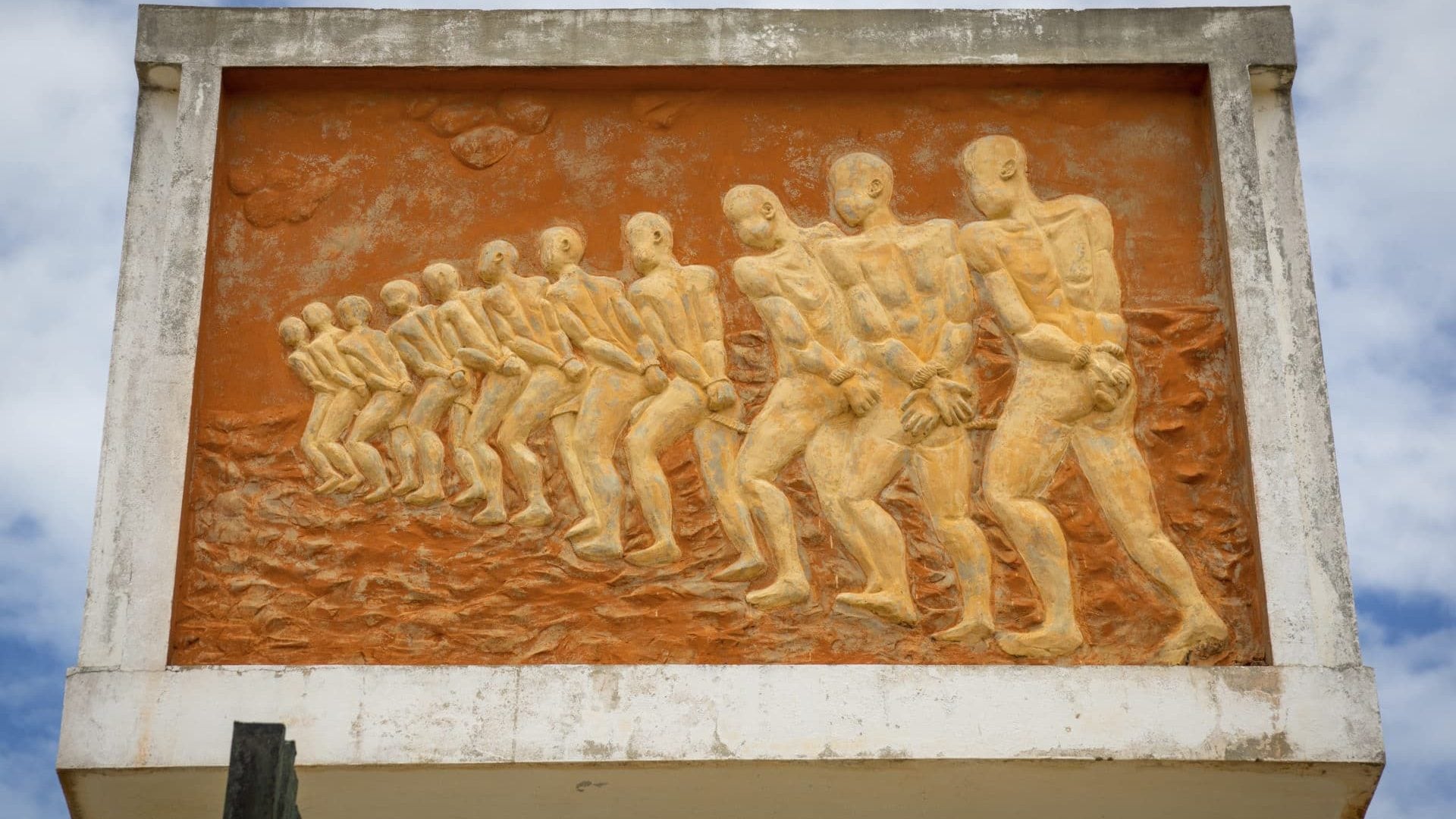
The last known survivor of the transatlantic slave trade has been identified as a woman named Redoshi, research from Hannah Durkin, a lecturer at Newcastle University in the U.K. has revealed.
According to a press release from the university, Redoshi was among 116 West African children and young people kidnapped in West Africa and taken to the U.S. on the Clotilda, the last slave ship to arrive in the country in 1860.
Durkin first found out about Redoshi while doing other research. She spotted reference to her in writings by author Zora Neale Hurston and from there started looking deeper to map out her life story.
Durkin pieced together Redoshi’s life through research of various texts, according to CNN starting with her abduction in modern-day Benin when she was just 12, and following through her passage to Mobile, Alabama on the Clotilda.
Durkin found out that Redoshi was forced to get married while on board the ship to a man known as William or Billy. They were both bought by Washington Smith, who owned the Bogue Chitto plantation in Dallas County and was a founder of the Bank of Selma.
While enslaved, the name Sally Smith was forced upon Redoshi, who worked in the house and the fields for almost five years.
Her husband died in the 1910s or the 1920s. After emancipation, Redoshi continued to live on the plantation with her daughter.
Prior to discovering Redoshi’s life, the last survivor of the slave trade was thought to be Oluale Kossola, who was also known as Cudjo Lewis, however Durkin’s research shows that Redoshi died in 1937, two years after Kossola’s death.
She passed away in Alabama past the age of 110 years old, according to one source, however Durkin believes to this to be an exaggeration.
Other details show how Redoshi worked to keep up her West African beliefs alive, and even worked to own land.
Civil rights activist Amelia Boynton Robinson mentioned Redoshi in her memoir, describing Redoshi’s peaceful life in her home country, before her kidnapping.
“She lived through tremendous trauma and separation, but there is also a sense of pride in these texts. Her resistance, either through her effort to own her own land in America or in smaller acts like keeping her West African beliefs alive, taking care in her appearance and her home and the joy she took in meeting a fellow African in the 1930s, help to show who she was,” Durkin said. “Although this is just a snapshot of a life, you do get a sense of who Redoshi was.”
This snapshot of Redoshi’s life is also unique as it highlights what the slave trade was like for an individual woman.
“Now we know that its horrors endured in living memory until 1937, and they allow us to meaningfully consider slavery from a West African woman’s perspective for the first time,” Durkin added. “The only other documents we have of African women’s experiences of transatlantic slavery are fleeting allusions that were typically recorded by slave owners, so it is incredible to be able to tell Redoshi’s life story.”
“Rarely do we get to hear the story of an individual woman, let alone see what she looked like, how she dressed and where she lived,” she added.
Read more at CNN.com.





